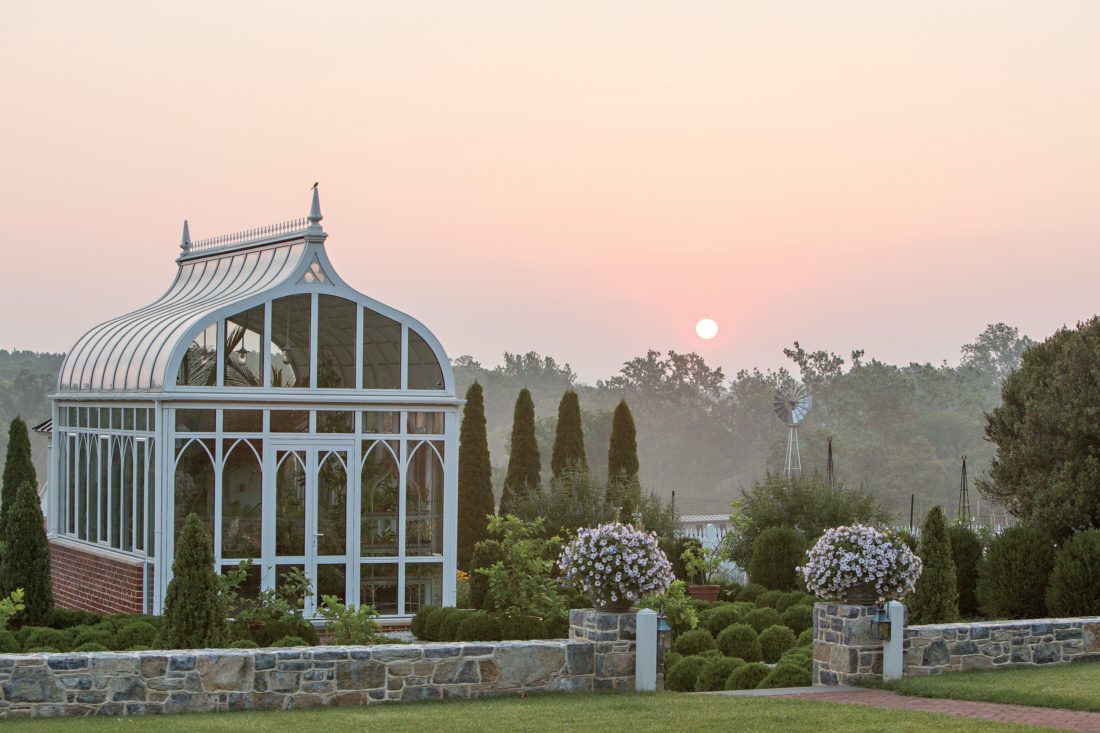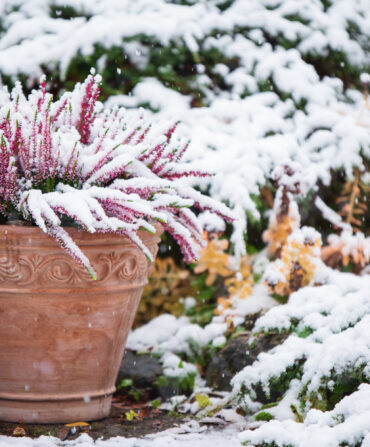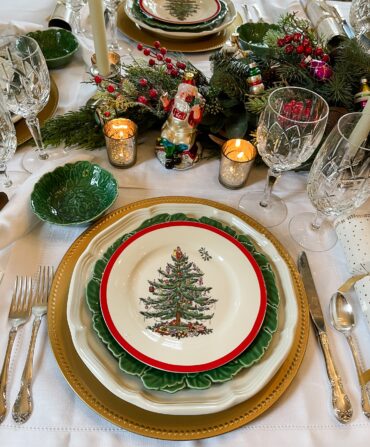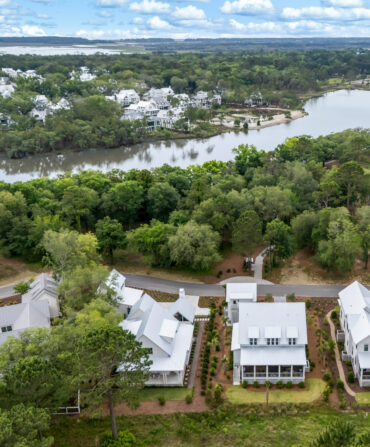“You can’t make a garden too formal to please me,” says Elizabeth Locke, a jewelry designer and avid gardener in the lush Shenandoah Valley of Virginia. “I lived for six years in Florence next to the Boboli Gardens, and I love clipped hedges and gravel to excess.”
That’s apparent as soon as you set foot on the grounds of Clay Hill, the 1816 Federal-style farmhouse and estate that Locke and her husband, John Staelin, have called home for thirty-three years. Spherical boxwoods surround white oyster-shell paths, bringing structure and color to the space, even in winter. Still, her passion for well-manicured hedges is matched (almost) by a fondness for gardens that embody nature’s own designs.
“I love symmetry and formality in gardens, but at the same time I adore flowers that self-sow with abandon,” says Locke, who as a girl in Staunton, Virginia, spent each summer tending to a vegetable garden with her father. In fact, the beauty of Clay Hill lies in the mix of the formal with the functional—from boxwood parterre to overflowing vegetable patch to chicken cloister.
The centerpiece of the parterre design is a glass conservatory that houses Locke’s collection of cycads, orchids, and palms—tropical varieties that lack the fortitude for Virginia winters. “Most people treat a greenhouse in a utilitarian fashion, but I wanted it to be pretty,” Locke says. “I wanted this to be an aesthetic experience.” To celebrate a major renovation two years ago that included a complete regrading of the backyard, the creation of the parterre, and a new wing on the house, Locke and Staelin threw a garden party in which the conservatory was a main attraction. When lit from the inside, it looks like a giant botanical lantern.
But while Locke is clearly drawn to beauty—she is a jewelry designer, after all—she’s also a practical-minded green thumb, so it’s no surprise that hidden within the parterre is a prodigiously flowering cutting garden filled with fragrant acidanthera and dahlias in every size and color. Steps away stands the newer of her two well-kept vegetable gardens. From this perch, Locke says, pointing toward the Blue Ridge Mountains, which today appear more indigo than blue, you’ll find the best view at Clay Hill, though she didn’t know it until a tumbledown garage was removed from the spot during the renovation.
Now it is home to multiple varieties of tomatoes, squash, peas, beans, peppers, beets, carrots, and three kinds of Swiss chard (“not only tasty but highly decorative,” Locke notes). Another kitchen garden just down the hill adds to the bounty, netting more vegetables than two people can possibly consume, so she donates the surplus to a nearby senior center. The glut of eggs from her dozen hens of various breeds is a “problem” that benefits friends and neighbors. “I go to the 4-H booth at the Clarke County Fair each year and pick the friendliest, prettiest pullets they have,” she says. In fact, some of Locke’s proudest specimens—both flora and fauna—came from one fair or another, including a towering sequoia, once a pencil-thin sapling, that now provides cover from the chicken hawks circling above.

Photo: Patricia Lyons
Silhouettes of a young Queen Victoria.
“Each area on the property is a part of Elizabeth’s life—the chickens, her vegetable gardens, the cutting garden,” says Sue Bowman, the landscape designer Locke brought in to help her reconfigure Clay Hill. And Locke is always experimenting. Lately, her obsession has been growing plants from seed, including a recent delphinium project she is still working on mastering. “It’s not surprising that you never see the phrase ‘brilliant young gardener,’” Locke says. “It takes a lifetime.”









